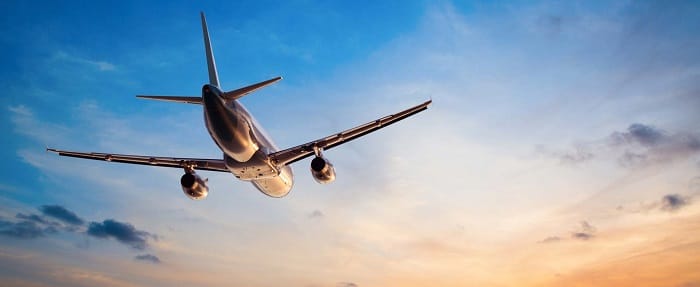The aviation industry in the US essay
Airline industry in the U.S. is a highly competitive and saturated market. This industry has long been unprofitable in the United States due to the following factors: growth of oil prices and price for jet fuel, decline of demand for airline services due to the financial recession in 2007-2008, price pressure created by low-cost carriers, the launch of various sites for comparing airline prices and increasing costs (especially costs of labor) (Hill & Jones, 2012). However, when the economy started recovering, the U.S. airline industry eventually became profitable.
Airline industry in the U.S. can be divided into four major segments: international carriers, national, regional and cargo (Investopedia, 2014). The factors influencing the airline industry include weather changes, labor costs, fuel prices and routes. Currently the perspectives of the industry are positive since the world economy is on the rise and the economy of the United States is also in the growth stage. In 2012, industry growth rate constituted 5%, and the growth trend is assumed to persist in the future (Hill & Jones, 2012). Recent industry trends include the growth of the market share of low-cost airlines, increase of single-aisle flights, evolution of fuel-efficient technologies and the increase in the diversity of routes (Boeing, 2014). One more important tendency in airline industry is the integration of airline companies into unions or growth through mergers and acquisitions.
The analysis of airline industry using Porter’s five forces framework is the following. The threat of new entrants is high due to the availability of credit and low costs of borrowing. While airline companies with an established name can gain more market share due to the reliability of the brand name, new market entrants can compete using low-cost strategy or by diversifying their offer. The power of suppliers is high since the major suppliers are Airbus and Boeing, and they dominate the market of airline manufacturers (Boeing, 2014).
The availability of substitutes is low for national and international market segment, but is higher for local and cargo segments. The power of buyers is medium to low – on one hand, customer demand has a direct impact on profitability, and on the other hand, switching airline companies is also a challenge for the customer (Investopedia, 2014). Competitive rivalry in the industry is intensive. In general, the conditions for new entrants are moderate, as new entrants still have to create a brand and to build the infrastructure. In this context, Virgin America has an advantage since it already uses a well-established brand name. Relying on the brand popularity of Virgin is a huge opportunity for Virgin America. Other opportunities for the company are low-cost flights, effective route management and cost optimization. Key challenges for Virgin America are mergers of large airline companies, competitive rivalry, growing oil prices and labor costs and demand fluctuations.
Do you like this essay?
Our writers can write a paper like this for you!



